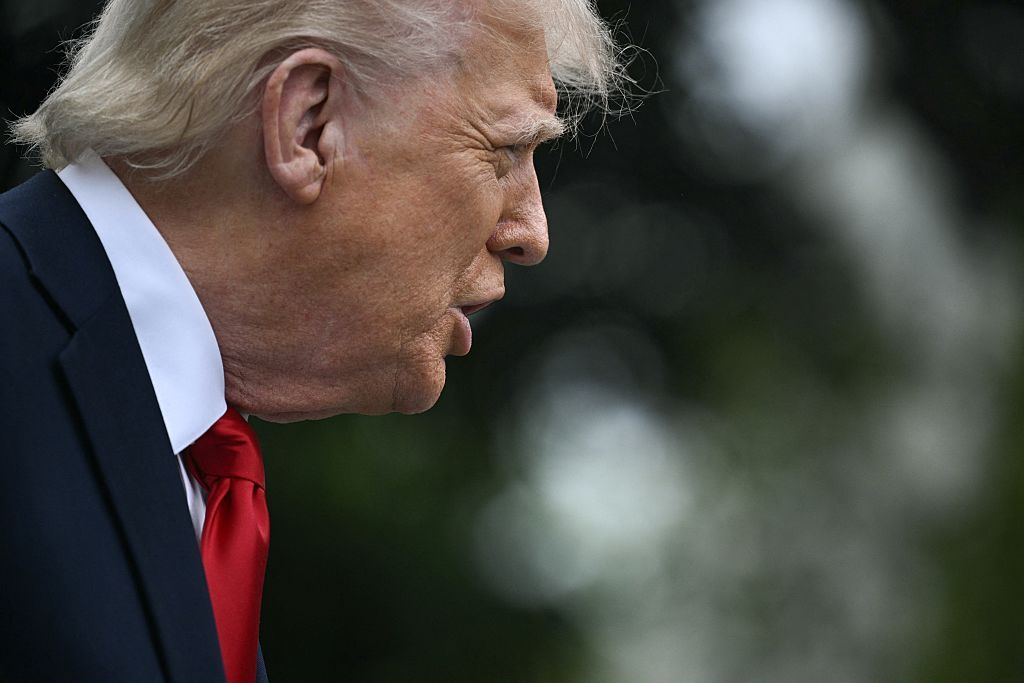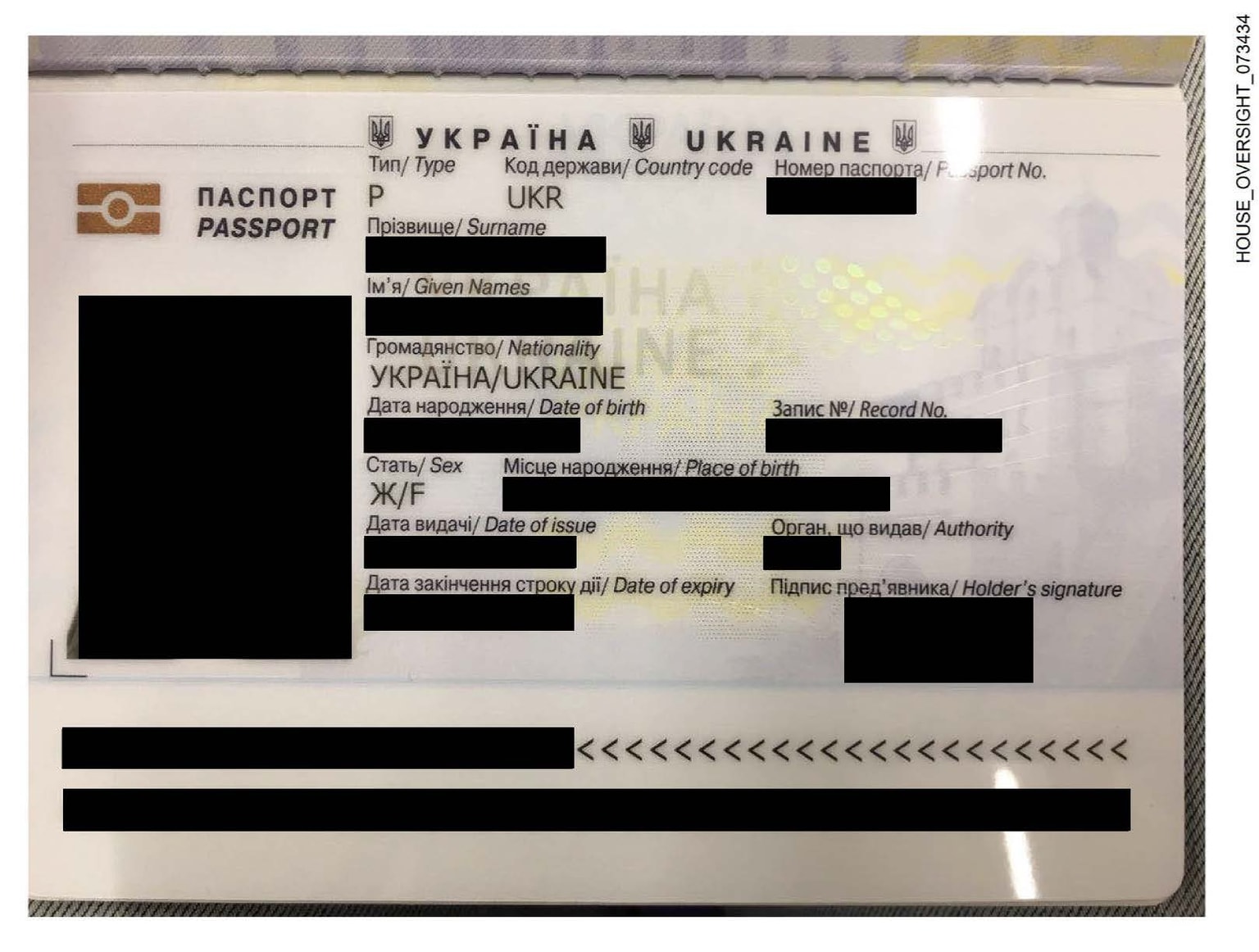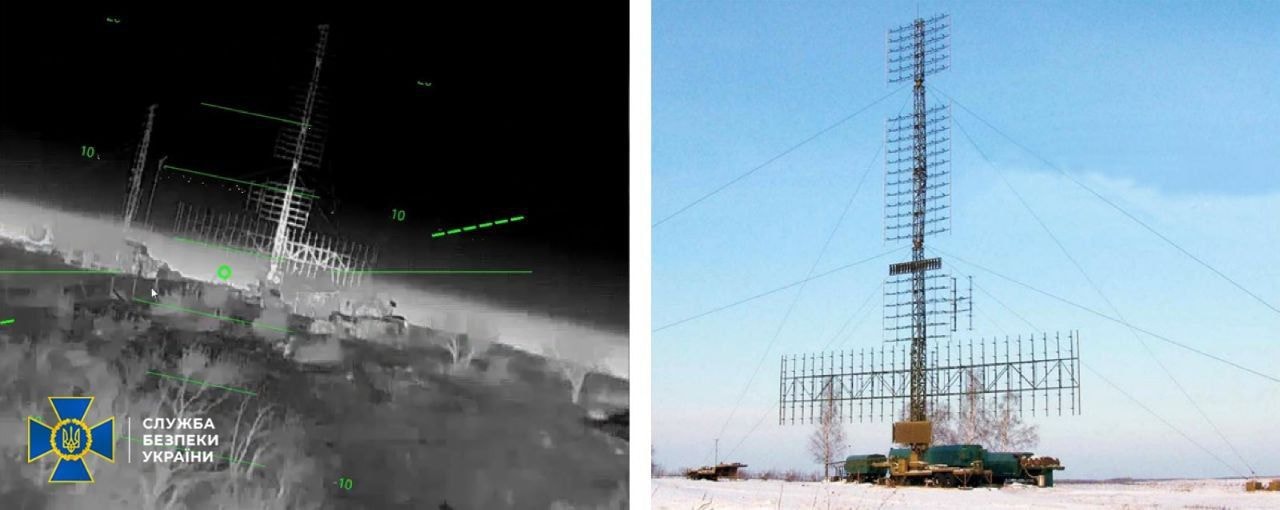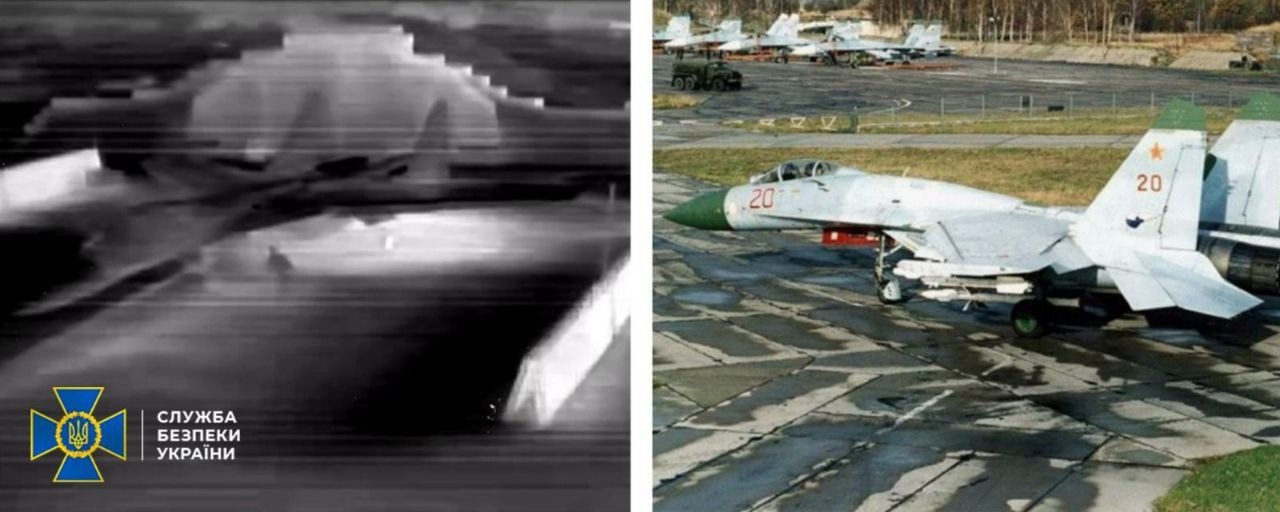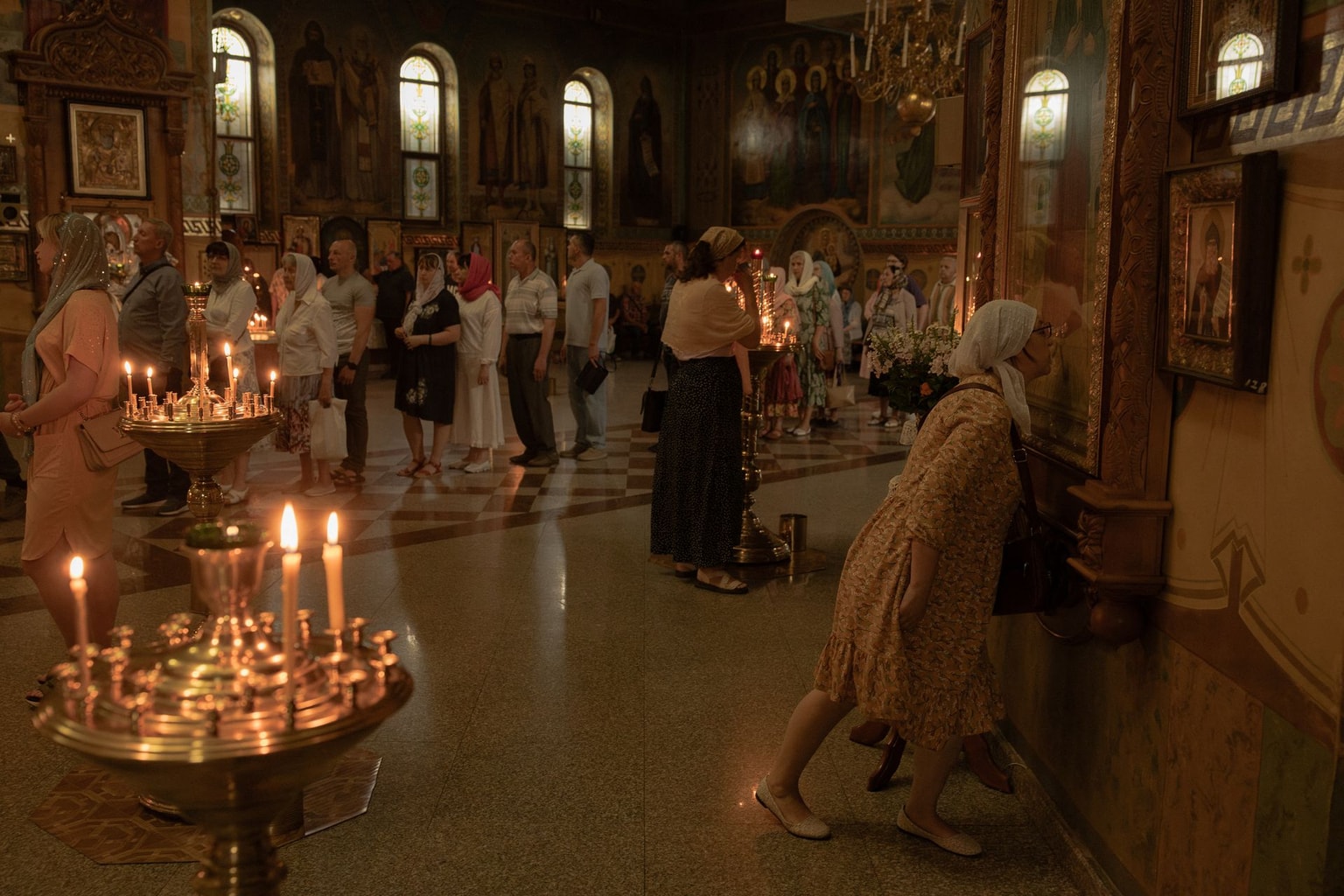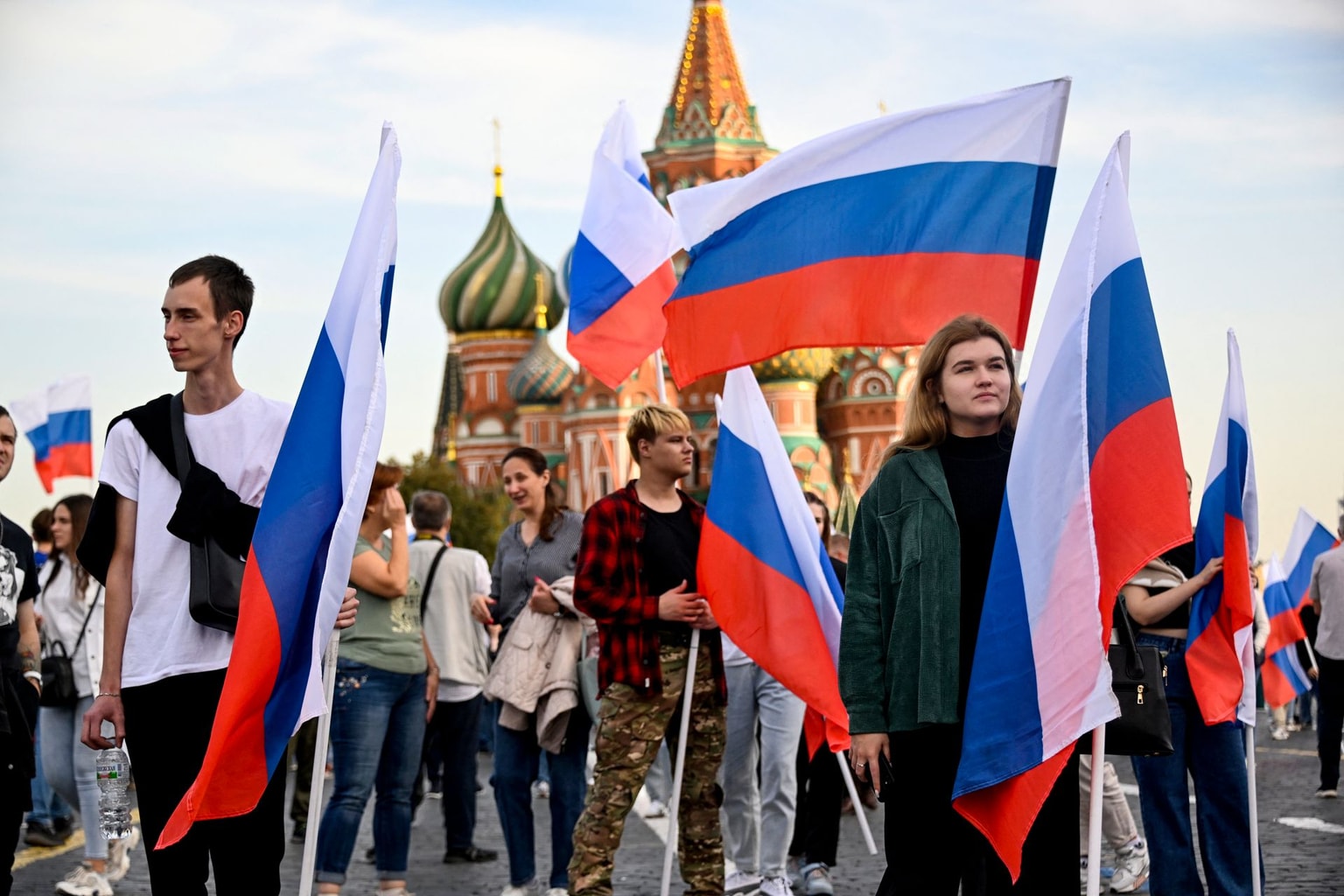‘There was no ceasefire’ — US-brokered energy truce fails to secure lasting results in Ukraine

A partial ceasefire on energy strikes, brokered separately by the U.S. with Moscow and Kyiv last month, failed to deliver on its promise, diminishing hopes for a swift end to the war in Ukraine.
Ukraine’s government says it has recorded over thirty Russian attacks on energy infrastructure since March 25. Another eight attacks were recorded over the week of March 18-25, which is still partially within the timeframe of the truce agreed to by Russian President Vladimir Putin in a phone call with U.S. President Donald Trump.
While no damage to key energy infrastructure in Ukraine was recorded, the strikes mostly affected facilities that Russia agreed to stop attacking, including local power generating facilities, electricity substations and transformers, and gas distribution networks, according to a list of violations recorded by Ukraine’s Foreign Ministry seen by the Kyiv Independent.
“There was no ceasefire at all,” Oleksandr Kharchenko, managing director of the Kyiv-based Energy Industry Research Center, told the Kyiv Independent, adding that “electricity substations and gas infrastructure have been attacked constantly.”
“Moscow is convinced that the Western world is unable to effectively counter them,” he said.
Among the reasons why the energy ceasefire failed was the lack of proper monitoring by an intermediary, such as satellite monitoring the U.S. could have employed, and clearly written terms, experts said.
Disorganized negotiations with U.S. representatives and the lack of a single written agreement meant that even the dates of the energy truce differed in Russia and Ukraine.
Ukraine counts the beginning of the energy ceasefire as March 25, when it reached an agreement following talks in Saudi Arabia with a U.S. delegation.
Russia announced the start of the truce on March 18, following a 1.5-hour phone call between Trump and Putin that day. Russian authorities said that the partial ceasefire had expired on April 18.
“(The U.S. team) had to formulate the proposals in a single document agreed upon by the parties and signed — there was nothing like that,” said Mykhailo Honchar, energy expert and president of the Center for Global Studies Strategy XXI, a Kyiv-based research organization.
“The American mediator (Special Envoy Steve Witkoff) did not fulfill his mission,” he added.
Kyiv has said that it continues to inform the U.S. and other foreign partners about Russia’s violations.
“We need monitoring mechanisms, because of course, there will be constant violations,” said Ukraine’s Foreign Ministry spokesperson Heorhii Tykhyi in a briefing on April 16.
Tykhyi added that “there will be more clarity” closer to April 25 on whether Ukraine will continue abiding by the ceasefire terms after it ends this week.

What attacks stopped and which continued under the ceasefire?
Ukrainian drone strikes on Russian oil refineries, fuel depots, and other energy facilities were halted, although Ukraine may have continued hitting other targets deep within Russia that were not on the energy truce list.
The Kremlin accused Ukraine of “viciously” breaching the deal with daily attacks on Russian energy facilities, without much evidence.
“There were no massive combined missile and drone strikes on large energy infrastructure facilities (by Russia). But they did strike at regional distribution network facilities,” Honchar told the Kyiv Independent.
“It’s not a ceasefire, it’s a change of Russian tactics,” he said.
According to Honchar, most of the targets hit during the ceasefire period belong to DTEK, Ukraine’s largest private energy company. DTEK lost 90% of its generation capacity by mid-2024 due to Russia’s attacks, although it has managed to restore some of it since.
DTEK owns most of Ukraine’s coal-fired power plants, which Russia has consistently targeted as they provide crucial peaking power — the extra electricity needed to stabilize Ukraine’s grid during strike-induced power outages, Honchar said.

Why did the energy ceasefire fail?
The energy truce failed to pave the way for further truces, experts said, in a sign that U.S. efforts to end Russia’s war in Ukraine won’t be easy.
The truce also hasn’t been properly monitored, Honchar said. The U.S. has the necessary satellite monitoring capabilities to quickly confirm the coordinates of damaged energy infrastructure, all of which are in well-known locations, according to Honchar.
“If an energy facility is damaged, an infrared signature appears accordingly. It is clearly visible from space if a substation or a transformer is on fire, or a fuel or oil tank has been hit somewhere,” he said.
The U.S., as an intermediary monitoring the attacks, could then verify what was really hit versus what each side claims has been targeted — a crucial part in monitoring evaluations.
“The Americans thought for some reason that it would be enough to just assemble those two parallel negotiation tracks (with Ukraine and Russia),” Honchar said. “But it doesn’t work this way.”
The energy truce — as well as a Black Sea ceasefire negotiated around the same time that was never implemented — were lobbied by Russia through Witkoff, who has visited Russia several times this year and serves as Trump's top negotiator, as these issues are the most problematic for the Kremlin, Honchar said.
If Russia was really serious about a wider ceasefire, the discussion would have included stopping the hits on civilian infrastructure and exchanging captured soldiers in an all-for-all prisoner exchange, he added.
But with no hits on major power plants, Russia has instead tried to destroy Ukrainians’ morale by escalating deadly attacks on civilians. In April, a Russian strike on a playground in Kryvyi Rih killed 20 people, including nine children, and a double-tap attack on Sumy downtown killed 35 people on Palm Sunday.
Meanwhile, Moscow claimed on March 24 to have intercepted a Ukrainian drone attacking the Kropotkinskaya oil pumping station of the Caspian Pipeline Consortium, which lists U.S. oil majors Chevron and Exxon among its largest shareholders. There was no public evidence of the attack.
“(The energy ceasefire) served perfectly for Russian propaganda that made an effort to claim that Russia was abiding by the agreement, and Ukraine ignored it,” Honchar said.
A day after the Kremlin confirmed the end of the energy ceasefire, Putin announced an Easter truce that was designed to halt all military action from 6 p.m. Moscow time on April 19 until midnight on April 21.
While it somewhat reduced the fighting in some parts of the front on Sunday and brought the number of Ukraine-reported Russian casualties to less then a thousand per day for the first time in months over the weekend, Ukrainian soldiers said they saw no signs of truce. Russia killed at least three civilians in attacks and violated the Easter truce nearly 3,000 times, according to President Volodymyr Zelensky.
Zelensky called to extend the Easter ceasefire for 30 days on long-range drone and missile strikes against civilian infrastructure on April 19 after Russia initiated the failed Easter truce — a step the U.S. also wants to see taken.
“Thirty hours is enough for headlines, but not for real confidence-building measures. Thirty days can give peace a chance," Zelensky said.
Note from the author:
Hello, this is Natalia Yermak, I wrote this story for you. Growing up in central Ukraine, I am familiar with Russia's multiple ceasefire violations since 2014. There's no one who wants peace more than Ukrainians, which makes it important for us to report what, and who, stands in the way of lasting peace. If you wish to help us, please consider supporting the Kyiv Independent by becoming a member. Thank you!


